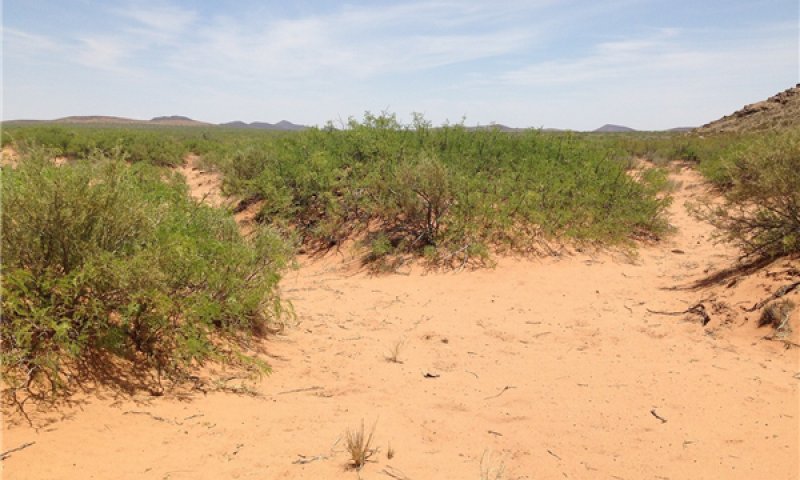

If sand accumulates faster than the plant can grow, the plant will die, and the dune will be blown away by the wind.Ĭoppice dunes can range from about 0.5 to 3 meters in height, and from 1 to 15 meters in width. Only certain kinds of plants are associated with a coppice dune, since only those species that can form new roots and shoots from buried branches can continue to grow as the sand accumulates around them. The size and shape of a coppice dune depends on the amount of sand available, the characteristics of the wind, the properties of the canopy, and age of the sand accumulation.Īs the mound of the coppice dune and the creosote bushes grows larger, the number of microhabitats increases, allowing an increased diversity of plants and animals to utilize this space.

Coppice dunes are commonly scattered throughout sand plains in arid regions where shrubs and blowing sands are abundant. If you are fortunate enough to see one, please view and photograph it from a distance.Ī special type of small sand dune has begun forming at the base of these creosote bushes due to eolian, or wind blown sands. Please be aware that the desert tortoise is protected by law. This site is wheelchair accessible, and is an approximate one-half mile round-trip on a boardwalk with an elevational rise from the parking area of 30’. There is no fee required to use this part of the Conservation Area. This Earthcache is located in the Red Springs Natural Area portion of the Red Rock Canyon National Conservation Area.


 0 kommentar(er)
0 kommentar(er)
